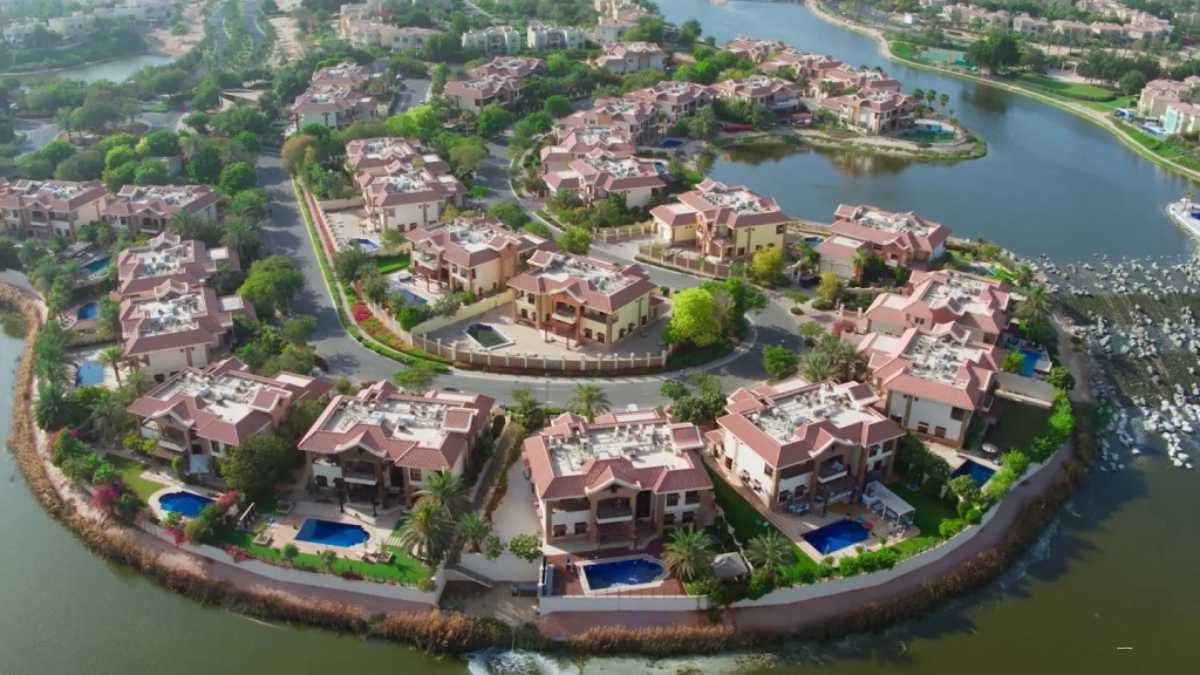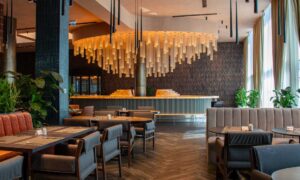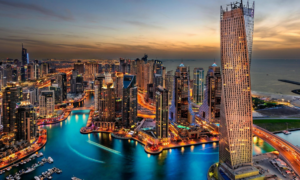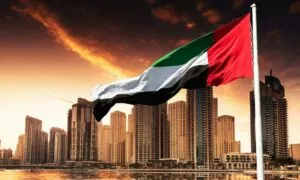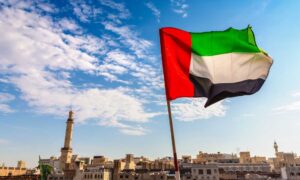Dubai’s real estate market is undergoing a significant transformation as flexible work policies reshape residential preferences. This shift, characterized by a growing demand for suburban living, is fueled by rising rental costs in central districts and the increasing appeal of remote work. As residents prioritize spacious homes, affordability, and reduced commuting times, Dubai’s suburbs are emerging as prime choices for both tenants and homebuyers.
The Rise of Remote Work in Dubai
In the wake of the COVID-19 pandemic, remote work has become a permanent fixture in many industries. This transition has allowed employees and freelancers to work from anywhere, leading to a reevaluation of traditional urban living. In Dubai, flexible work policies are now reducing morning peak traffic by up to 30%, as revealed by the Roads and Transport Authority (RTA). This decline in congestion is encouraging residents to explore suburban neighborhoods as viable alternatives to the central business hubs.
Suburban Living: Affordable and Spacious
The financial benefits of relocating to Dubai’s suburbs are substantial. By moving away from areas like Downtown Dubai and Dubai Marina, residents can save up to 50% on rental costs. For instance, a three-bedroom townhouse in Maple rents for Dh260,000 annually, while a comparable property in The Valley costs Dh140,000. Similarly, two-bedroom apartments average Dh200,000 in Downtown but are priced around Dh100,000 in Town Square.
This affordability, coupled with larger living spaces, has made suburbs such as Dubai South, Al Qudra, and communities along Sheikh Mohammed bin Zayed Road and Emirates Road increasingly popular. These areas not only provide better value but also cater to the needs of remote workers with amenities such as green spaces, recreational facilities, and high-speed internet.
Traffic and Time Savings: Key Motivators
As Dubai’s population continues to grow, so does the strain on its transport network. Commuting times in central areas can stretch to hours daily, impacting productivity and quality of life. Suburban relocation allows residents to bypass these challenges. Freelancers and remote workers, like Hanae Ouakrime who relocated to Ras Al Khaimah, highlight the dual benefits of escaping traffic and enjoying larger, pet-friendly accommodations.
Moreover, the RTA study projects that remote work policies could reduce traffic on Sheikh Zayed Road by 9.8% and Al Khail Road by 8.4%, further enhancing the appeal of suburban neighborhoods.
Suburban Demand Driving Real Estate Trends
October 2024 saw Dubai’s real estate market record an impressive Dh54.6 billion across 23,791 transactions, underscoring high demand. This surge aligns with the increasing interest in suburban living, driven by flexible work opportunities and competitive property prices. Communities like Damac Hills 2 have seen average sales prices rise by 29% year-on-year, reflecting the growing preference for suburban housing.
Developers are capitalizing on this trend by introducing projects tailored to modern needs. For instance:
- Emaar South’s Greenville offers homes designed for remote workers and families.
- The Valley’s Avena focuses on affordability and community-centric amenities.
- Town Square by Nshama integrates residential, retail, and leisure spaces.
These developments provide residents with a balanced lifestyle, blending convenience, functionality, and affordability.
A Shift in Buyer Preferences
The demand for suburban properties isn’t just about cost savings; it reflects a broader change in lifestyle priorities. Homebuyers are increasingly seeking:
- Dedicated home offices to support remote work.
- Green spaces for recreation and relaxation.
- Proximity to essential services such as schools, healthcare facilities, and shopping centers.
These features are becoming non-negotiable for buyers, pushing developers to design adaptable homes that cater to these evolving preferences.
Infrastructure Investments to Support Growth
The influx of residents to suburban areas has highlighted the need for robust infrastructure. To maintain the momentum, Dubai is investing in:
- Enhanced transportation networks to connect suburban hubs with the city center.
- New schools and healthcare facilities to cater to growing populations.
- Retail and leisure developments within master-planned communities.
Such investments ensure that suburban neighborhoods remain attractive, self-sufficient, and well-integrated with Dubai’s broader urban framework.
Dubai’s Vision for Sustainable Growth
With the emirate’s population projected to reach 7.8 million by 2040, balanced urban development is crucial. Suburban living offers a sustainable solution, distributing the population more evenly and reducing strain on central districts. Flexible work policies are at the heart of this vision, enabling residents to live and work in environments that prioritize well-being and productivity.
Developers like Emaar, Damac, and Sobha are leading this evolution by creating homes and communities that align with Dubai’s long-term goals. These projects not only meet current demands but also set the stage for future growth, ensuring Dubai remains a global leader in real estate innovation.
Conclusion
Dubai’s embrace of flexible work policies is reshaping its real estate market, shifting the focus from central districts to suburban developments. This trend reflects a deeper transformation in how residents prioritize their living environments, driven by affordability, spaciousness, and lifestyle enhancements. As suburban demand continues to rise, Dubai is poised to achieve a more balanced and sustainable urban landscape.

